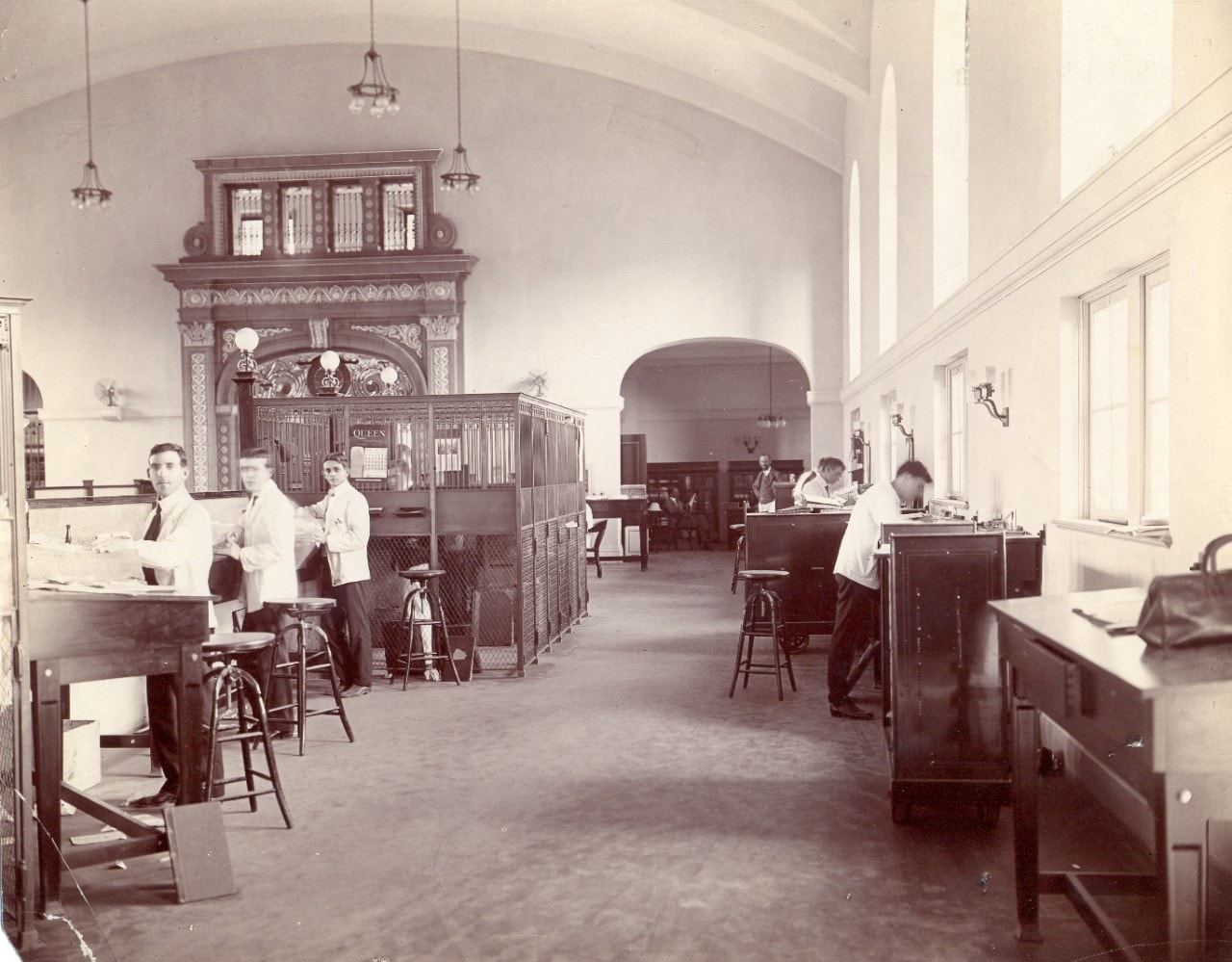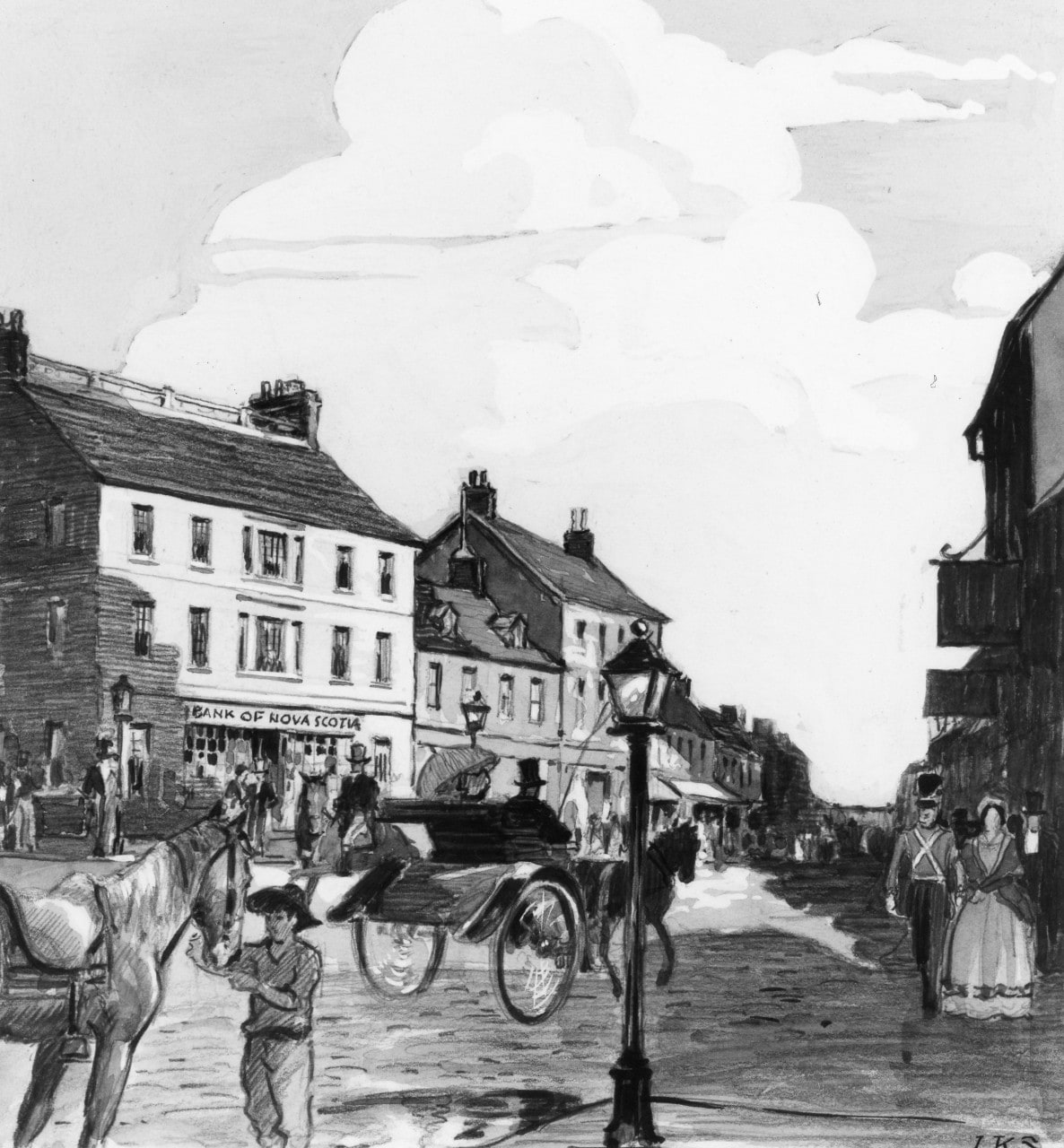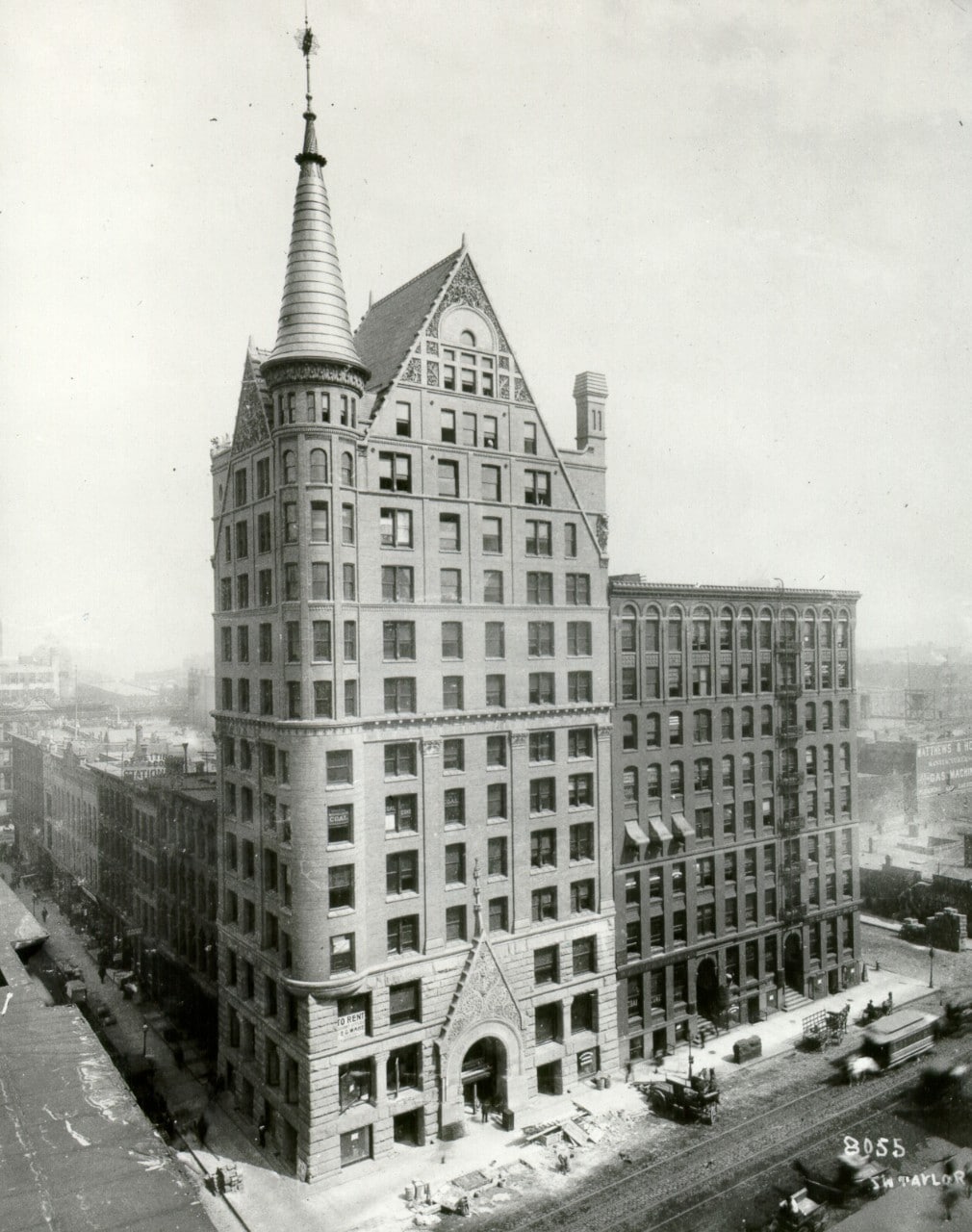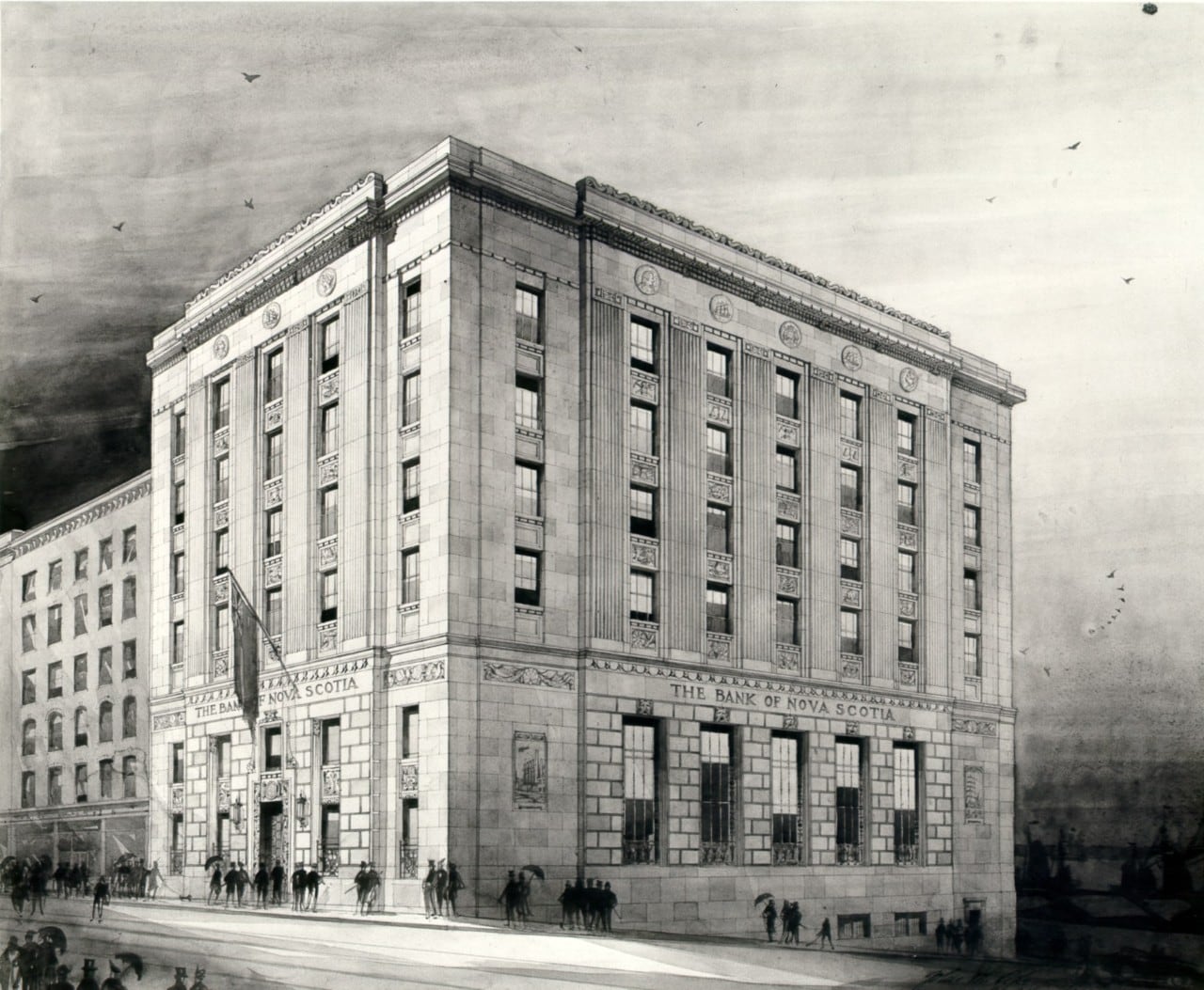The Scotiabank Story
A brief history of Scotiabank
On December 31, 1831, a large group of Halifax businessmen met in the Merchants Exchange Coffee House to discuss the need to create a public bank as an alternative to the privately owned Halifax Banking Company. Three months later, on March 30, 1832, royal assent was given to the bill incorporating "the President, Directors, and Company of the Bank of Nova Scotia", with an authorized capital of £100,000 of which £50,000 had to be paid up before business could begin. The Bank of Nova Scotia became the first chartered bank in Nova Scotia and held their first shareholders' meeting at the Merchants Exchange Coffee House on May 10, 1832. By August 29 of the same year, The Bank of Nova Scotia opened for business in the John Romans's building. The original staff consisted of: Cashier (COO) James Forman: and Tellers Alexander Paul, Benjamin Carlile; and Messenger James Maxwell. The Honourable William Lawson was elected as the Bank's first President.
Crossing the Continent
On the eve of the 20th century, The Bank of Nova Scotia had a strong base in the Maritimes as well as the start of a national and international network. In 1874, the Saint John, New Brunswick branch became the first Bank of Nova Scotia agency outside of Nova Scotia. Nine years later, The Bank amalgamated with The Union Bank of Prince Edward Island.
In 1882, the Bank began to turn its attention to markets beyond the Maritimes and an agency was opened in Winnipeg, Manitoba. Western operations quickly shifted to the United States of America where agencies began opening in Minneapolis in 1885, and then in Chicago in 1892.
By 1889, The Bank of Nova Scotia's presence expanded southwards towards the Caribbean with the opening of a branch in Kingston, Jamaica, to support the increasing needs of trade.

Interior of the Kingston, Jamaica Main Branch located at 35-45 King Street. Photograph taken by Cleary’s Photo Studio – Kingston, JA, 1909.
It was the first branch of a Canadian bank to open outside the United States or United Kingdom and formed the basis of what would become a thriving network spanning some 25 countries throughout the Caribbean and Central America - a footprint that established Scotiabank as the largest bank in the region and a continent-wide enterprise.
Eight years after The Bank of Nova Scotia ventured out to the Caribbean, the Bank opened its first branch in Toronto, Ontario in 1897. By 1900, the Bank's General Offices were relocated from Halifax to Toronto. Shortly after the turn of the century, the Bank turned its attention to Western Canada where branches began opening in Edmonton, Calgary, and Vancouver in 1903, followed by Regina and Saskatoon in 1906.
Amalgamations
By the early 1900s, a coast-to-coast branch network had been established, which continued to accelerate through amalgamations with other major Banks. These included: The Bank of New Brunswick in 1913; The Metropolitan Bank in 1914; and The Bank of Ottawa in 1919. With these amalgamations, The Bank of Nova Scotia firmly established itself as a national institution and major Canadian Bank.
1709 Hollis Street, Halifax
By 1930, it had become apparent that the current Head Office and Halifax Main Branch (188 Hollis Street) was too small for one of Canada's fastest growing financial institutions. On August 3, 1931, The Bank of Nova Scotia opened one of our most authentically Canadian buildings. Pre-eminent Canadian Architect John M. Lyle designed 1709 Hollis Street from its structure to its decorative features, fixtures, and furniture, injecting motifs depicting Canadian natural and economic history throughout the building. This jewel of Canadian architecture continues to house our Atlantic Regional Office, and Halifax Main Branch.
National Expansion and International Reach
The post-Second World War economic boom ushered in new growth for Scotiabank. The many innovations pioneered by Scotiabank during this period include: Scotia Plan Loans, one of Canada's first consumer lending products; the public trading of gold; and the appointment of the first women branch managers in Canadian history.
In the 1960s and 1970s, Scotiabank began extending its network into Asia. When the financial services sector was deregulated in the late 1980s and 1990s, the Bank further diversified its Canadian operations through major acquisitions, including investment dealer McLeod Young Weir (1988), and trust companies Montreal Trust (1994) and National Trust (1997). During the 1990s, Scotiabank continued to expand its presence in Central and South America, making it one of the world's most truly international banks.
By 2006, Scotiabank’s presence in Latin America was evident through majority-controlled Grupo Financiero Scotiabank in Mexico, Scotiabank El Salvador, Scotiabank de Costa Rica, Scotiabank Sud Americano in Chile and Scotiabank Peru, as well as affiliate Banco del Caribe in Venezuela.
Today, Scotiabank has become a leading bank in the Americas. Guided by our purpose: “for every future,” we help our customers, their families and their communities achieve success through a broad range of advice, products and services, including personal and commercial banking, wealth management and private banking, corporate and investment banking, and capital markets. With a team of approximately 97,000 employees and assets of over $1.2 trillion (as at April 30, 2020), Scotiabank trades on the Toronto Stock Exchange (TSX: BNS) and New York Stock Exchange (NYSE: BNS).
For more detailed information about Scotiabank, please contact us at archives@scotiabank.com.

Water colour of the John Romans' Building located at the corner of Granville & Duke streets in Halifax, where The Bank of Nova Scotia opened for business on 29 August 1832, its first location.

First location of the Chicago Agency, at the Owings Building at the corners of Adams & Dearborn Streets (205 Dearborn Street). Photograph taken by J.W. Taylor, courtesy of the Chicago Historical Society. Circa 1900.

Exterior of building, at the corner of Hollis and Prince Streets. Ink drawing by John M. Lyle, Architect. [1930].

Scotia Plan Loan Advertisement, 1961.

